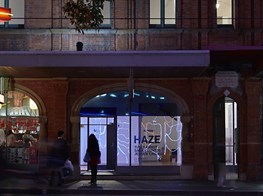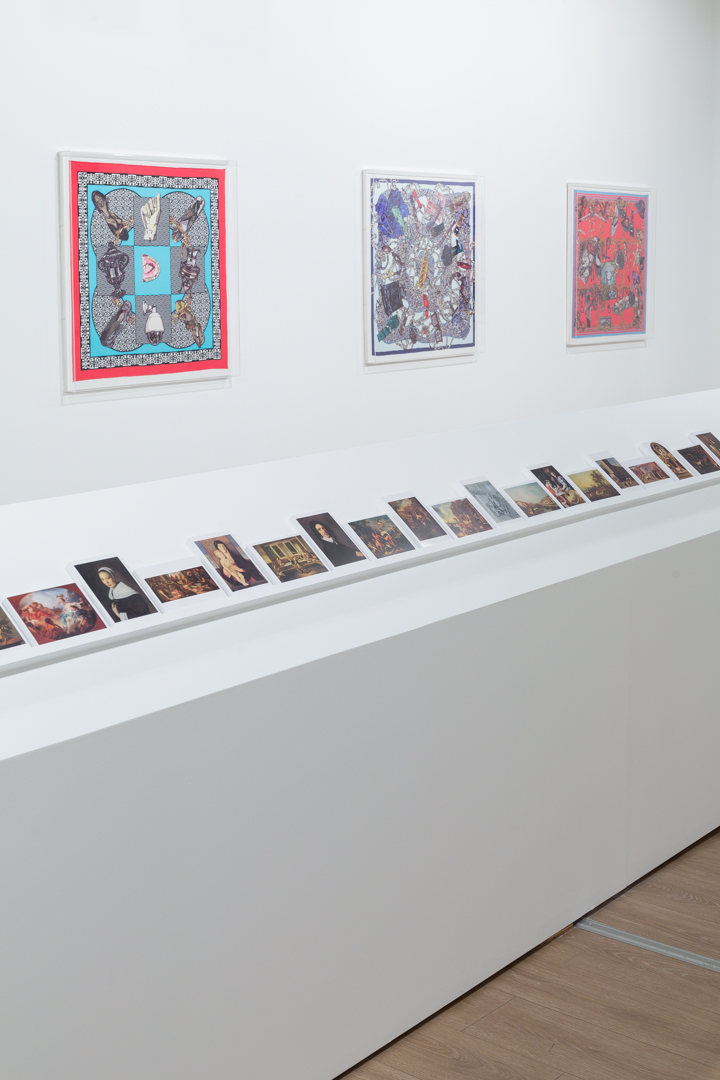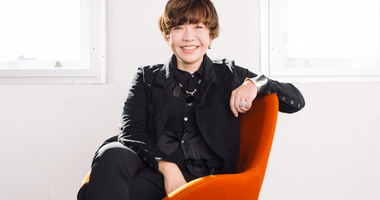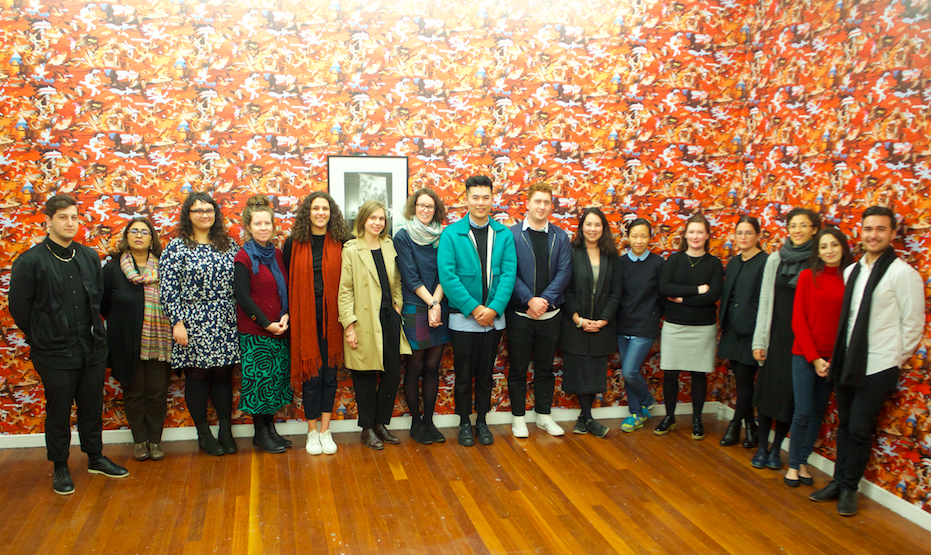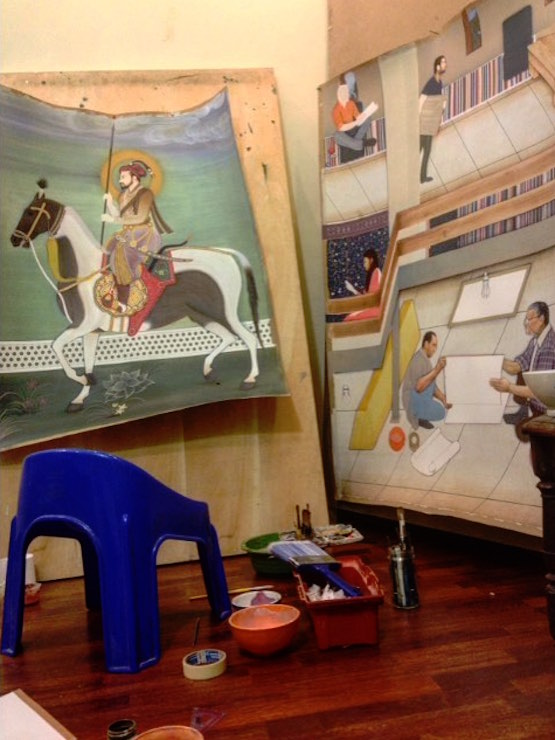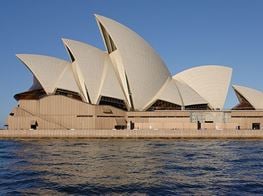Mikala Tai
Image: Mikala Tai. Courtesy of 4A Centre for Contemporary Asian Art. Image: Vien Tran.
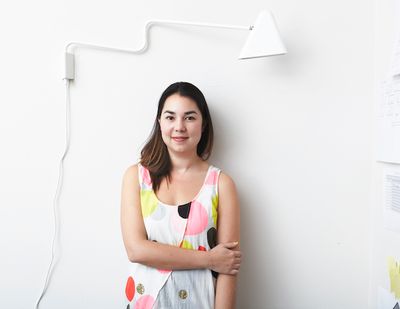
Image: Mikala Tai. Courtesy of 4A Centre for Contemporary Asian Art. Image: Vien Tran.
In September last year Mikala Tai assumed her new directorship of Sydney's 4A Centre for Contemporary Asian Art. 4A is an initiative of the Asian Australian Artists' Association Inc., a non-profit organisation established in 1996 to present and promote the work of Asian and Asian-Australian artists.
This organisation was established by a group of artists who were keen to address the cultural contribution of Asian migration to Australia and to develop Asian and Australian cultural relations.
Mikala is a curator, researcher and academic who specialises in contemporary Asian art and Australian design, who over the past decade has collaborated with local, national and international organisations to strengthen ties between Australia and Asia. As an academic Mikala has taught at both RMIT and the University of Melbourne, in addition to having devised and delivered the inaugural Contemporary Asian Art syllabus at RMIT (2012).
More recently Mikala was the founder and director of Supergraph—Australia's Contemporary Graphic Art Fair. In 2016 she received her PhD from UNSW Art & Design examining the influence of the Global City on China's local art infrastructure.
Now, 10 months on from Mikala's appointment, Tess Maunder speaks with 4A's director to discuss the institution, its current position and what it is moving towards under her directorship.
TMCan you tell us more about why you were attracted to lead an institution like 4A?
MTHaving grown up in both Australia and Asia the need for greater connections and understandings between Australia and the region has an acute urgency for me. Australia has come a long way but, and as Pauline Hanson's recent (re) election illustrates, we have a long way to go. 4A plays an active role in negotiating the engagement between Australia and Asia with an exhibition program that seeks to expand our understandings of our northern neighbours.
There has always been an inbuilt curiosity to 4A's programming that encourages its audience to ask questions, research further and recalibrate their expectations of 'Asia', and to work amid such fervent thinking was an extremely attractive opportunity for me.
TMYou moved to Sydney from Melbourne, can you tell us more about your impressions of the art ecology and art practice in your new city, Sydney?
MTSydney wasn't a complete stranger to me—I had completed my PhD through the University of New South Wales while still based in Melbourne—but it has been very welcoming. It is a good time to be in Sydney, and with Mami Kataoka announced as the new Sydney Biennale curator, we are seeing a refocus and recalibration towards Asia.
We also have 'The National,' a new biennale co-produced by our leading contemporary art organisations—the Museum of Contemporary Art, Art Gallery of NSW and Carriageworks—as well as a now annual contemporary art fair. There are lots of new ideas, new exhibition models and new avenues for audiences to engage with art, so for me, it was a great time to move.
TMCan you tell us more about your areas of interest intellectually, and in curatorial practice?
MTI am interested in curating from a place of misunderstanding. I believe that most discord within our community is a product of our misunderstandings of each other. With sensationalised media and the era of the post-truth politician, slippages in reality have become everyday occurrences. We have to wade through a lot of noise to even begin to start to make sense of things. It is from here that I get most excited and tend to locate my curatorial practice.
TMIt is great to see 4A's community outreach, through programs like the 4A Beijing Studio Program, 4A Curators' Intensive and 4A Emerging Writers Program. What does the institution gain through such programs?
MTI believe that these programs are fundamental to 4A. While our exhibition program here in Sydney, nationally around Australia and throughout the Asia-Pacific region, is intrinsically important to the contemporary concerns of today, it is our professional development programs that ensure that our next generation of artists, curators and writers are Asia literate. We recently held our 4A Curators' Intensive where eleven of Australia's early-career curators gathered in Sydney for a week-long intensive led by leading Asia-Pacific based curators.
Throughout this week, through a series of workshops, we questioned how and why we curate and what this means from Delhi to Parramatta. Many of these early-career curators will not become strictly Asian art curators, but they were challenged to a week of thinking about ideas, issues and curatorial practice from the region. I do not doubt that the robust conversations of the intensive will influence their future work and encourage them to be more curious about the Asia-Pacific area in their curatorial practice.
TM4A has a strong history of collaboration with other institutions and individuals; can you tell us about any recent and upcoming collaborative projects that you are working towards?
MTCollaboration is central to our work and is the backbone for how we build our exhibition program. I am, however, particularly excited about our new partnerships and networks within South Asia. Historically 4A has been predominantly East Asian in its focus, but we have recently received support that has enabled us to be more active within the diverse and dynamic region that is South Asia. So in addition to our long standing collaborations we are working closely with the likes of the inaugural Karachi Biennale and KHOJ, International Artist's Association in New Delhi.
TMThat sounds exciting. Have you seen any particular exhibitions that stand out on your recent travels in South Asia? I'm also interested to hear what else you are enjoying in Australia at the moment.
MTOn my most recent trip to Pakistan I mainly focused on studio visits and art schools, which enabled me to see a lot more work and spend some more time with artists. I was lucky to visit Imran Qureshi in Lahore and see his work ahead of his solo show that is now on at the Barbican. I also spent a considerable amount of time with one of his students, Ahmed Javed, whose contemporary miniatures are really quite extraordinary. In Karachi I was met by a city of barriers and the work of Seher Naveed—in particular her work, The Wall—really speaks to the city's physical and invisible lines of control. Back in Australia I am especially excited at the moment by the work of Daachi Dang, a founding member of 4A, whose work—20 years later—remains critical for contemporary understandings of Australia.
TMWhat is your overall vision for the institution in the coming years?
MTJust days ago I was telling the story of 4A's beginnings that emerged amidst the 'Pauline Hanson' era—where she questioned multiculturalism's place in Australia—and today I am faced with the fact that she is once again part of our political landscape. This is a significant signal that our organisation has still much work to do.
My overall vision is to further embed the Asia-Pacific as part of Australia's everyday through visual art, and to debunk the likes of Hanson through clear curatorial questioning. 4A is becoming increasingly more active nationally. I hope that our advocacy and advisory role within the wider Australia art ecology, and that of the Asia-Pacific, is further consolidated in the coming years. —[O]

